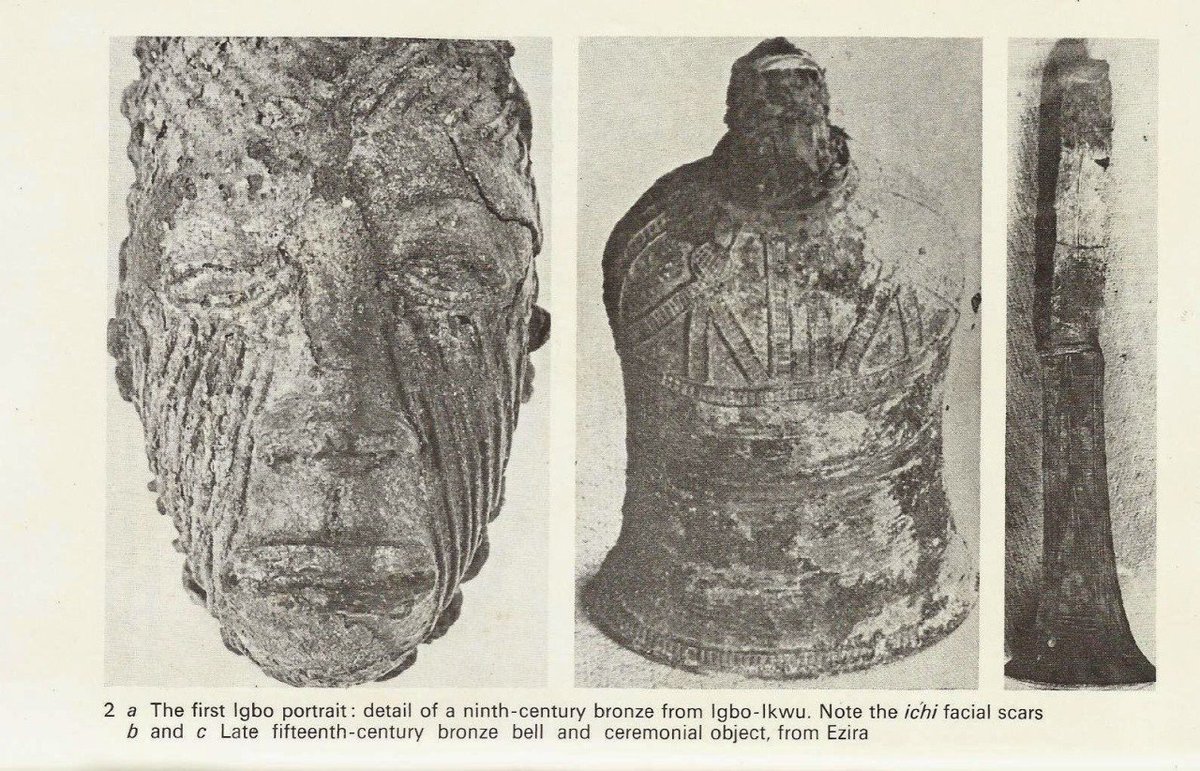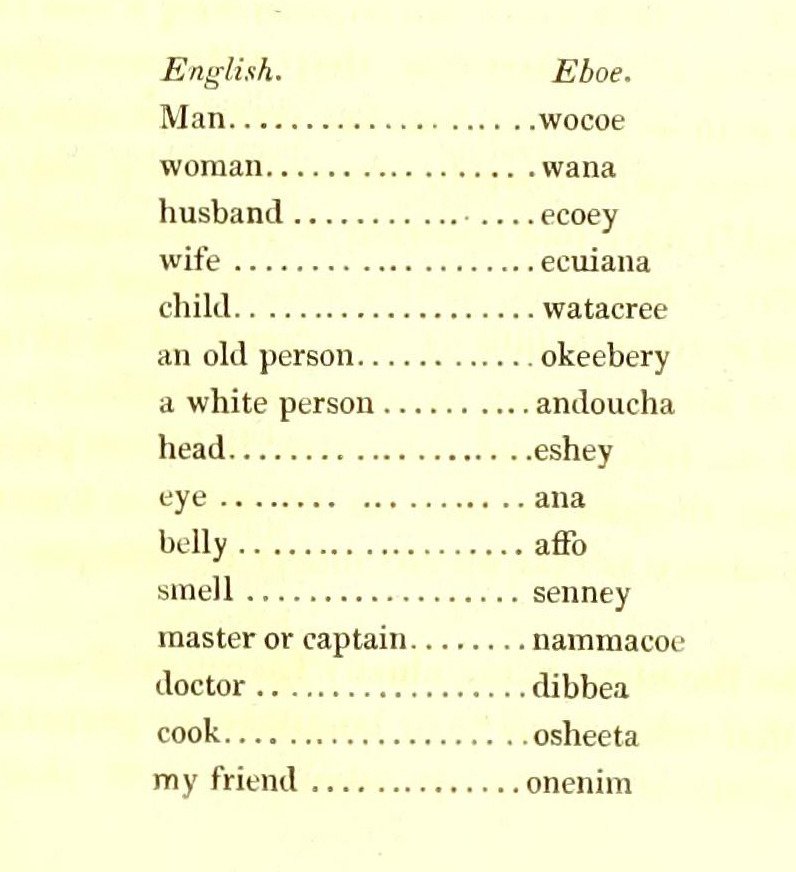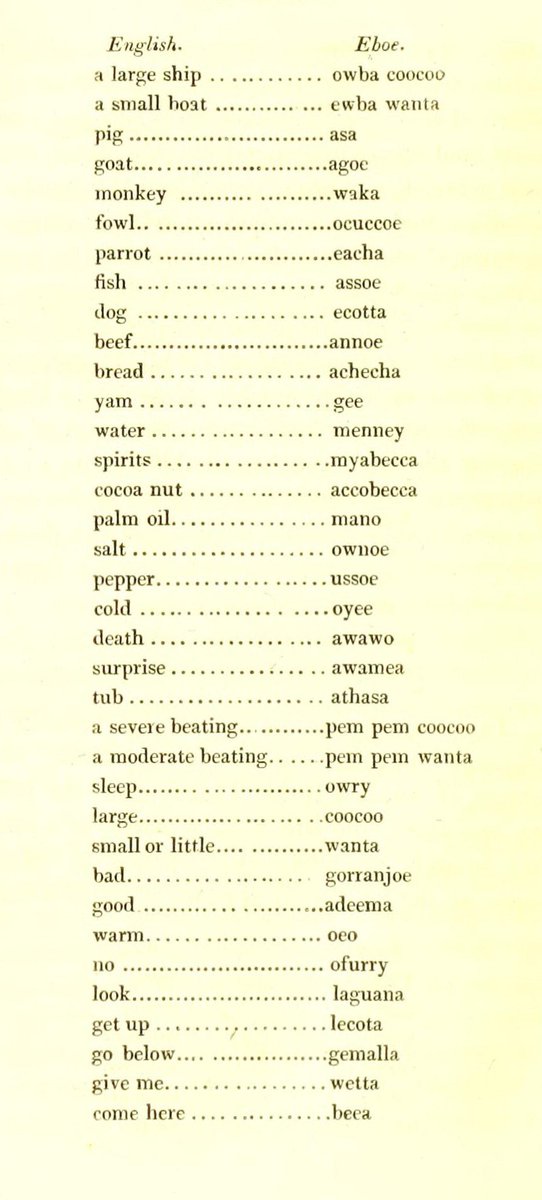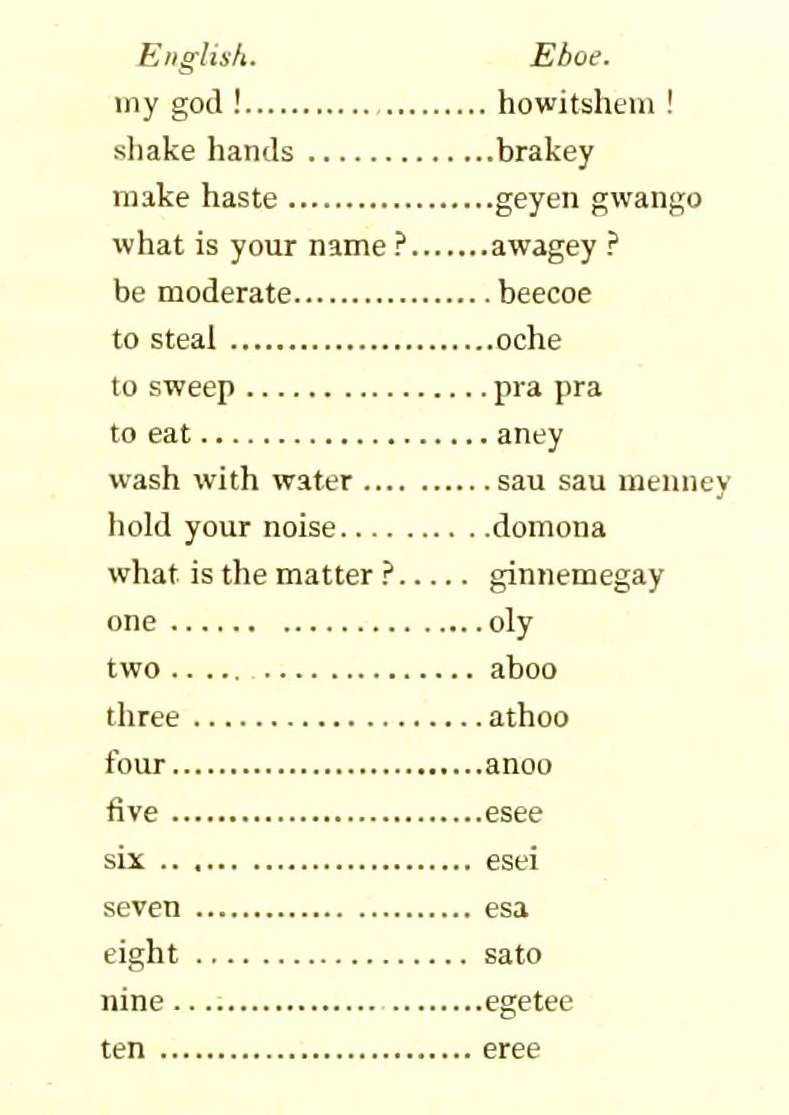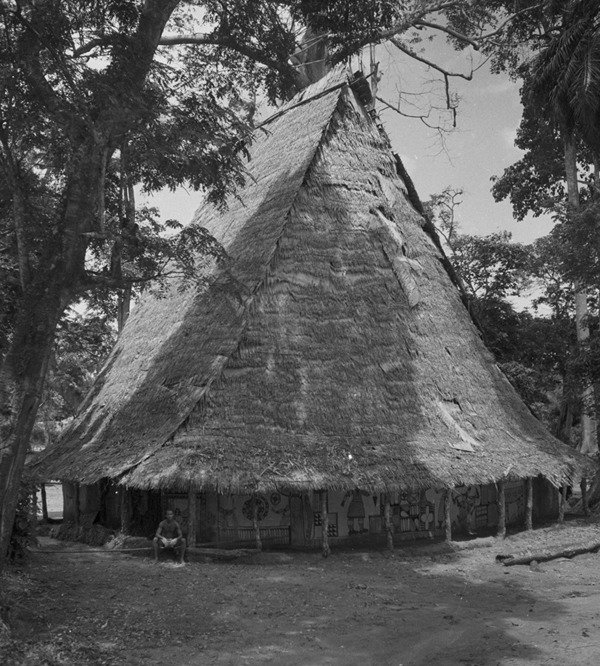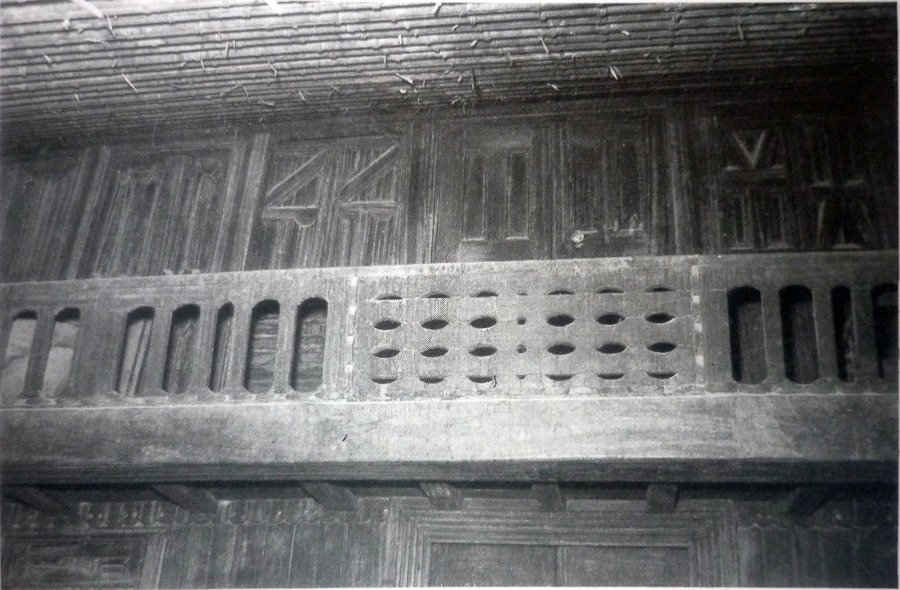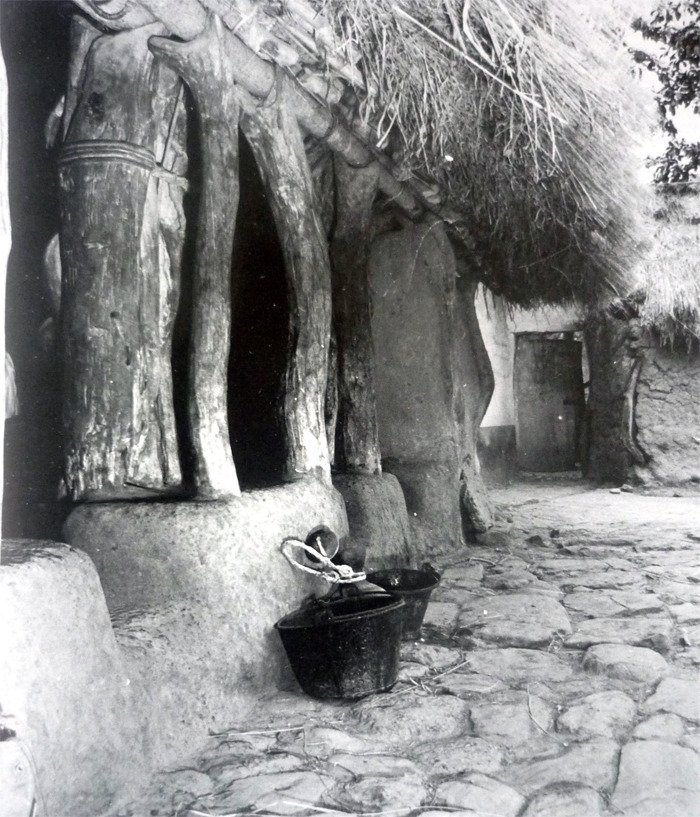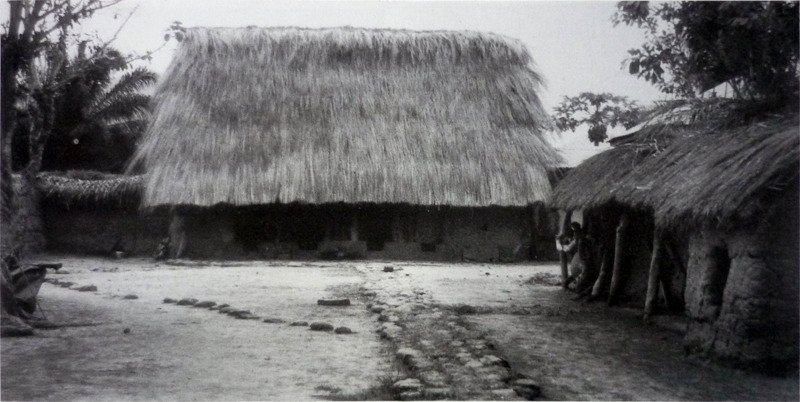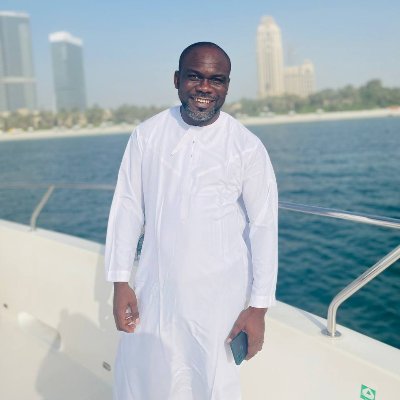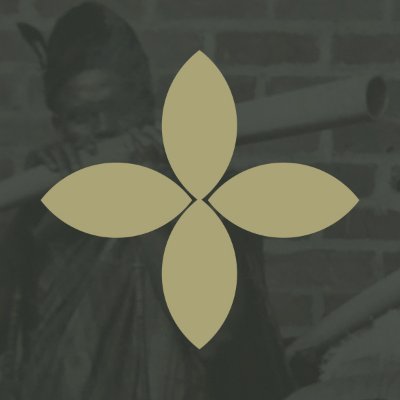
Ụkpụrụ̄
@ukpuru
Followers
15K
Following
170
Media
1K
Statuses
4K
History of the Igbo and their neighbours.
Umuahia, Nigeria
Joined May 2017
If the iron slag at Leja actually dates to 4000 years ago, the smiths who produced this slag would have been among the earliest iron smelters in the world, this was at the time when Ancient Egyptians relied on meteors for their iron.
Lejja, Enugu State, in the northern Igbo area of Nigeria near Nsukka, contains over 800 slag blocks weighing between 34 and 57 kg from iron smelting furnaces dating as far back as 2000 BCE. See: Pamela Eze–Uzomaka, Iron and its influence on the prehistoric site of Lejja.
2
168
273
Barbados was one of the European (British) colonies that received many Igbo people during the slave trade in the 18th and early 19th centuries. Igbo ancestral presence can be found in all aspects of Barbadian culture, including language.
Nancy Daniels, photographed in the 1850s, was an African born Barbadian ex-slave of probable Igbo descent. She survived the middle passage to Barbados around her twenties in c. 1780 where she was enslaved to M D'Azevedo. [. ]
18
155
235
It might be controversial, but Chi names before Christianisation were almost never about the universal Chi but the personal Chi. Chukwu was often in reference to the Arochukwu shrine. Ideas can represent others, so the big Chi for instance is represented by Anyanwu in the north.
Lord knows I am not giving my kids any 'Chi' or "Chukwu" name. Unless the ones that have been there from time immemorial, not all this new age fangled contraptions, like "Kanyirapuluchi", "Kaosisochukwu", "Kasarachi". And why the hell do they even start with "K"?.
13
167
204

